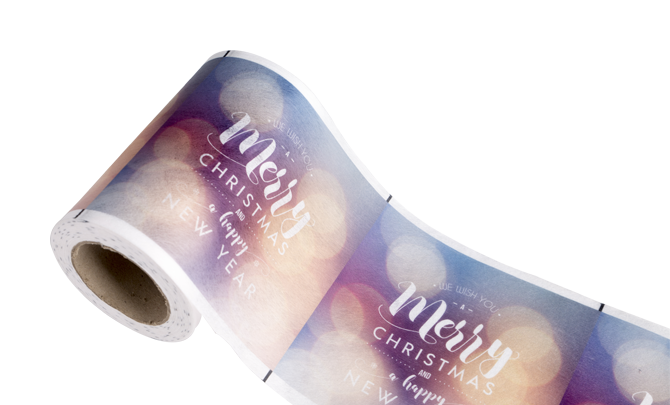Nonwoven fabric, also known as non-woven, is a versatile material that is changing the industry. It is a fabric made of fibers that are bonded together through various processes, such as heat, pressure, or chemicals. Nonwoven fabric is used in a wide range of applications, from medical to automotive to agriculture. Here are some benefits of nonwoven fabric:
1.Cost-effective: Nonwoven fabric is a cost-effective alternative to traditional woven fabrics. It is made using less expensive materials and requires less processing, making it a more affordable option.
2.Versatile:
Nonwoven fabric can be produced in a wide range of weights, thicknesses, and textures, making it suitable for a variety of applications. It can be designed to be soft and gentle, or strong and durable, depending on the intended use.
3.Breathable: Nonwoven fabric is breathable, allowing air and moisture to pass through. This makes it an ideal choice for applications such as clothing, medical gowns, and hygiene products.
4.Easy to produce: Nonwoven fabric can be produced using a variety of processes, including meltblown, spunbond, and needle punch. These processes are relatively simple and can be scaled up or down to meet demand.
5.Environmentally friendly: Nonwoven fabric can be made from recycled materials, reducing waste and promoting sustainability. Additionally, many nonwoven fabrics are biodegradable, reducing their impact on the environment.
Nonwoven fabric is used in a variety of industries, including:
1.Medical: Nonwoven fabric is used in medical applications such as surgical gowns, face masks, and wound dressings. Its breathability and barrier properties make it an ideal choice for these applications.
2.Automotive: Nonwoven fabric is used in automotive applications such as interior trim, headliners, and seat covers. Its durability and ease of production make it a cost-effective alternative to traditional woven fabrics.
3.Agriculture: Nonwoven fabric is used in agriculture applications such as crop protection, weed control, and soil stabilization. Its versatility and ability to allow air and moisture to pass through make it an ideal choice for these applications.
Nonwoven fabric is a versatile and cost-effective material that is changing the industry. Its benefits, including cost-effectiveness, versatility, breathability, ease of production, and environmental friendliness, make it an ideal choice for a wide range of applications. As technology continues to advance, nonwoven fabric is likely to become even more prevalent in industries around the world.



